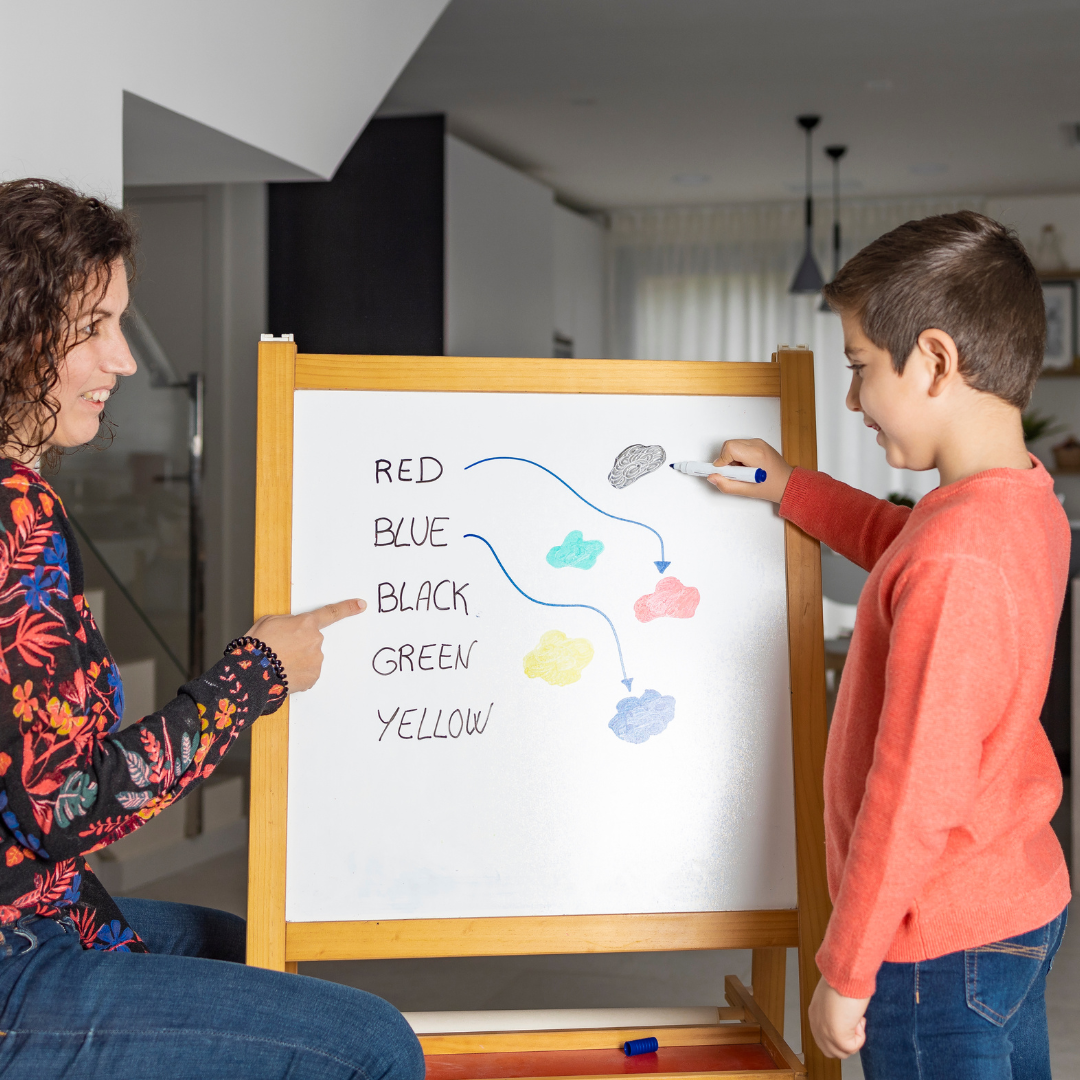Assessing Wellbeing in September: A Guide for Senior Mental Health Leads
Assessing Wellbeing in September: A Guide for Senior Mental Health Leads
As schools resume in September, it’s vital for Senior Mental Health Leads to take a proactive approach in assessing the wellbeing of all pupils. After the summer break, there may be significant shifts in pupils' mental health and emotional wellbeing. A holistic approach, combining evidence-informed tools and personal insights, can help guide support systems throughout the year. Here are some key strategies to help you assess the wellbeing of your pupils effectively.
Using the Three Houses Tool
The Three Houses Tool is a simple, yet powerful approach to help pupils articulate their thoughts and feelings. It involves asking children to create three metaphorical houses:
1. **House of Good Things**: What makes them happy? What do they enjoy at home and school?
2. **House of Worries**: What are their concerns? Are there aspects of school life or home that cause them stress?
3. **House of Dreams**: What are their hopes for the future? What would they like to see happen?
This method provides insight into the pupil’s emotional landscape in a non- intrusive way. It’s especially helpful for younger children or those who may struggle to express complex emotions. By visually capturing their feelings, it can highlight areas where additional support is required and create a platform for further conversations.
Employing Wellbeing Scales: Stirling and WEMWBS
Using validated measurement tools like the Stirling Children's Wellbeing Scale or the Warwick-Edinburgh Mental Wellbeing Scale (WEMWBS) allows
you to assess a broad spectrum of wellbeing indicators in a structured way.
- The Stirling Scale focuses on emotional and psychological wellbeing, incorporating questions about optimism, cheerfulness, and emotional management. It is designed for children aged 8-15 and can serve as a good benchmarking tool for schools.
- The WEMWBS assesses mental wellbeing in both children and adolescents, measuring things like self-esteem, stress, and emotional resilience. This scale can be administered across the school to gauge the overall wellbeing of pupils and help track progress throughout the year.
By collecting and reviewing data from these scales, schools can identify common trends, potential risk factors, and key areas where targeted intervention may be necessary.
Initial Meeting: What Do Pupils Enjoy and What Don’t They Enjoy?
An initial meeting with each pupil at the start of the term is a great way to establish rapport and gain insight into their personal experiences. Ask questions like, “What activities do you enjoy in school?” or “What parts of school do you find difficult?” By opening the floor to these reflections, you empower the pupils to express themselves in a meaningful way.
This can also serve as a foundation for targeted support. For example, a pupil who expresses enjoyment in social activities may benefit from more group work, while those who dislike specific areas like unstructured time may need additional guidance on coping strategies.
Question: "One Thing I Want My Teacher to Know"
A highly effective tool for building teacher-pupil relationships is the "One Thing I Want My Teacher to Know" question. Ask each pupil to write down or share something they would like their teacher to be aware of, whether that’s a personal challenge, a strength, or a simple preference. This creates a direct line of communication between teachers and pupils, fostering understanding and empathy.
This approach helps teachers make small adjustments in the classroom that could significantly improve a pupil's learning environment, whether it's seating arrangements, acknowledging personal interests, or being mindful of sensitive topics.
Leverage the Bounce Together Platform
Bounce Together is a wellbeing measurement platform that can be particularly useful for schools looking to gather and analyse wellbeing data efficiently. The platform offers a range of assessment tools that can be tailored to the needs of individual schools, such as mood trackers and resilience surveys.
By using Bounce Together, schools can monitor both individual and collective wellbeing, track improvements over time, and ensure that interventions are making a measurable difference.
The platform also provides real-time insights, helping you make data-driven decisions and adapt your wellbeing strategies as needed.
Website Link below:-
Conclusion
Assessing pupil wellbeing in September is a crucial step for setting a positive tone for the rest of the school year. By using tools like the Three Houses method, Stirling Scale, and WEMWBS, coupled with personal reflections and platforms like Bounce Together, you can create a comprehensive wellbeing assessment framework.
Taking the time to listen to what pupils enjoy, what challenges they face, and what they want their teachers to know will make them feel supported, valued, and more ready to engage in school life.




